How to visit Central Park for the first time
View of Billionaires Row skyscrapers from the area near Wollman Rink and Gapstow Bridge. Buy a print of this photo here.
Central Park is a must-see visit for any traveler to the New York City area. Not only is it a beautiful, sprawling natural space within the bustling city, it’s also full of distinctly New York character, folklore, and quirky history. But at 843 acres, attempting to see it all in a day is a near impossibility. Oh, you could spend an entire day and night exploring I suppose, and probably get it all in, but would that be actually enjoyable? Well, it would certainly be exhausting.
As locals to the NYC area who love Central Park and have visited many times, we decided to put together a walking route for the first-time visitor, or the tourist with other “must sees” on their agenda for the day. This route can be done in 2-3 hours, depending on your pace. We traverse this route ourselves on many trips to the Park, visiting some of our favorite (and famous) spots while experiencing the overall flavor of this beloved oasis in the busy metropolis of NYC.
Of course, there is much more to see and do than such a tour can cover, and I will outline some of those highlights later in the post. But let’s start with our simple route.
Great walking route for a first-time visit to Central Park
Our tour enters by the Museum of Natural History and ends at 5th Ave. and 59th Street.
We took the subway and got off at the Museum of Natural History stop. Take the C train up Central Park West or the B train when it’s running, weekdays only. (The signs say “Uptown & The Bronx via 8 Av and Central Park West”.)
Ending up at 5th and 59th provides very convenient access to subways, Rockefeller Center and Columbus Circle.
This route will take you south through the heart of the park, passing or stopping at the following points of interest:
Delacorte Theater
The Shakespeare Garden
Belvedere Castle
The Ramble
Bow Bridge
Bethesda Terrace & Bethesda Fountain
The Mall
Billionaire’s Row
Enter on the north side of 81st Street and follow the path slightly to the right toward Delacorte Theater, The Shakespeare Garden, and Belvedere Castle. Central Park generally has good signage, so you’ll know you are going the right way.
Touring Delacorte Theater, The Shakespeare Garden, and Belvedere Castle
You’ll first come to Delacorte Theater. This open-air theater is probably most well known for its annual productions of Shakespeare in the Park, one of New York City’s most treasured traditions. There are two plays produced each summer, sometimes featuring very well-known actors. The tickets are free, you’ll have to wait in line on the day of the performance to get them.
Views of Turtle Pond and Belvedere Castle can be seen from the theater area.
There are also restrooms at this location if you need them.
A path through Shakespeare Garden
You will then pass the Shakespeare Garden. This beautiful English cottage-style garden is densely planted with trees, shrubs, flowers, and herbs that are mentioned in William Shakespeare’s writings. Dispersed among the plantings are bronze plaques with quotes from his plays and poems that reference the plants. It actually predates the theater itself, having been created in 1912 as a place for public school children to study the natural world, before it later became more focused on Shakespeare.
After numerous periods of decline and overgrowth, the Shakespeare Garden in its current form has been restored and is maintained by the Central Park Conservancy.
You could spend quite a bit of time wandering around this four-acre space on its own, but our route will just take you past it. Staying on the path will bring you up the steps to Belvedere Castle.
I have to admit, Belvedere Castle is one of my personal favorite sites in the park. The name Belvedere literally means “beautiful view” in Italian, and that’s what you get from this miniature castle built on an outcrop known as Vista Rock. It’s a great place for a bird’s eye view of some of Central Park’s beautiful landmarks; Delacorte Theater, the Great Lawn, the Turtle Pond and the Ramble. And it also provides a respite from the sun under a sheltered area of the main terrace, which we’ve parked our bikes under many times for a water break and a look out over the Turtle Pond.
The view from Belvedere Castle.
The romantic, Victorian designed castle was originally built as a focal point of interest in the park. With its stone facade, turret and flag, it certainly is charming. And most interestingly, beginning back in 1919, the National Weather Service has been taking measurements for temperature, wind, and rainfall from the castle’s tower. And they still do today, (though some of the current instruments are nearby and not at the tower) so when you hear “the weather in Central Park” on local radio, you know exactly where those readings are coming from!
When the building is open, you can climb up the narrow, winding staircases to additional terraces for an even higher vantage point.
And do sit in one of the lookout turrets for a photo op - a favorite spot for locals and tourists alike. For the avid birder, this elevated view is great for spotting hawks, a number of which live in the park, and water birds and ducks in the Turtle Pond, so tuck your travel binoculars into your bag before you come!
Just a note- the Castle is a good place to pick up a map (there are other locations to get one as well). Definitely pick one up if you see one - The Conservancy distributes a really useful one, with street locations for the different points of interest around the park.
Leaving the castle, continue south into the Ramble.
Visiting the Ramble at Central Park
The Ramble was designed as a “wild garden” and is a maze of meandering trails through dense woodland in the middle of the park. It is a prime location for birdwatching and wildlife viewing, and you will often find walking tour groups and individuals with their binoculars trekking throughout the Ramble.
Many species of plants and trees occupy the space, some native, some not, and it has been an ongoing site of restoration and conservation throughout the years, as The Central Park Conservancy takes steps to properly maintain this woodland.
The best way to experience the Ramble is to just wander about the paths and get lost a little. It is edged by the beautiful 20-acre Central Park Lake and the Turtle Pond, where one can often see ducks, turtles, and herons. It is also prolifically treed and shady, so a good break from the heat. No need to overthink the route - just keep heading south.
Moving south, continue to Bow Bridge.
Crossing the Bow Bridge in Central Park
Bow Bridge
Probably one of the most well-known landmarks of Central Park, Bow Bridge has been featured in many movies and is a popular spot for tourists and locals alike. Many marriage proposals, bridal portraits, engagement photo shoots, and Instagram glamor shots take place on the iconic bow-shaped bridge.
And with good reason - its graceful, arc-shaped, cast iron structure with a lovely walnut walkway that turns a deep red color when wet, easily lends itself to romance. Bow Bridge traverses the Lake, dotted with rented rowboats in the warm months (more on that later), and offers a fantastic view of the Fifth Avenue and Central Park West skyline any time of year. Expect it to be crowded - it always is - but that’s half the fun. So don’t miss it.
After crossing Bow Bridge, take the path to the left toward Bethesda Fountain.
Note - This page contains affiliate links. If we recommend a product, activity, or hotel, we might receive a small commission if you buy or book from these links. This is done at no additional cost to you. We only recommend products we have personally used or have thoroughly researched.
Touring Bethesda Terrace, the Esplanade and Bethesda Fountain
Bethesda Fountain.
Bethesda Terrace and Fountain are two architectural features at the southern shore of Central Park Lake. The Terrace was one of the first structures built in Central Park, as an intended meeting place for social gatherings, but like so many of Central Park’s architectural marvels, it fell into disrepair and abandonment through rough times in the city, eventually to be saved and restored over time by the Central Park Conservancy.
What stands now in its restored glory is the original two-tiered layout of an upper and lower terrace and fountain, which together form the northern end of the Mall.
If following our walk, you will reach the lower level area, formally known as the Esplanade, a flagstone plaza with stone parapets, plantings, and the Bethesda Fountain as its centerpiece. This is one of the busiest areas of the park, with lots of tourists and locals alike. Street performers show up here, as well as Instagrammers and families looking for a break sitting along the edge of the Fountain or just taking in the view.
The Bethesda Fountain, restored after years of decay and a shady reputation, is on and flowing through most of the warm months - though is sometimes off due to weather or drought restrictions.
In the center is a sculpture called The Angel of the Waters, referring to a gospel story about an angel giving healing powers to the Pool of Bethesda. Interestingly, it was the only statue funded by the city in the original design for the park, and the artist was the first woman to receive a public commission for a work of art in NYC. The statue also alludes to the Croton Aqueduct, the first pure water aqueduct in NYC, which opened in 1842 on the site of Central Park and was a pretty big deal when it opened. So some local history there to ponder!
Inherent to the design of the Terrace and Fountain area was the idea of “nature first”, as the point of all this grand design was for people to take a break from city life and come and enjoy nature.
Accordingly, the carved panels around the base of the fountain depict natural themes: the Seasons, the Times of Day, and the Ages of Mankind. Heady stuff to consider while having an ice cream break and watching a green-painted actor pretend to be the Statue of Liberty. (Did she move? I saw her move…)
Note - This blog post contains affiliate links. If we recommend a product, activity, or hotel, we might receive a small commission if you buy or book from these links. This is done at no additional cost to you. We only recommend products we have personally used or have thoroughly researched.
Just for fun, take a look for turtles at the edge of the Lake. There are an incredible number of them living there, and unfortunately, they seem to have taken to begging like overfed park ducks.
So be mindful, visitors. Don’t feed the wildlife. (I’ve encountered an aggressive squirrel or two as well if they think you may be inclined to give them a snack. City critters don’t fool around.)
After your little break at the Esplanade, progress toward the Terrace. The upper terrace offers a nice vantage point for people-watching and views of the Lake, and if so inclined, you can take one of the grand staircases on either side up to check that out. But our route takes you underneath, through the Bethesda Terrace Arcade, which is more interesting, we think.
Bethesda Terrace Arcade
The Arcade has a cathedral-like quality, featuring a stunning tiled ceiling of more than 15,000 encaustic tiles that were created by England’s famous Minton Tile Company. The “Mintons”, as they were generally called, were removed for a time due to structural weakness of the terrace, but were replaced, fully restored, in 2007. Often used for floors in the great cathedrals of Europe, this is the only place in the entire world where these exquisite tiles are used for a ceiling.
Perhaps it is the Mintons, or just the arched stone structure itself, that gives the Arcade beautiful acoustics. You will find artists and buskers of all kinds, singers, dancers, violinists, etc, taking advantage of the sound quality of the arcade to entertain passers-by. It is one of the most “New York” experiences one can have.
Pass on through the Arcade, and climb the stairs to The Mall. There are restrooms in the area of the stairs if you feel the need.
If you are up for a quick diversion from our path, hang a left (with the stairs to your back), and walk a short distance to the Conservatory Water. There you will see a pond where children and hobbyists launch and race radio-and-wind-powered model sailboats and yachts. It’s a very famous spot - featured in films like Stuart Little, and one of my favorite areas in the park. Benches line the water, and it’s a great place to relax there and watch the boats, giving a feeling of stepping back in time.
The boats can be rented at Kerbs Boathouse on the site; the cost is $15 for 30 minutes.
Kerbs Boathouse also has a cafe and a bathroom.
Boats on the water outside Kerbs Boathouse in Central Park.
The Mall, The Dairy, Billionaire’s Row and the Gapstow Bridge
Once you are up the stairs, you come to the wide, tree-lined path known as the Mall, which runs through the middle of the park from 66th to 72nd street and is one of its original design features.
Two things will strike you when strolling along the path: the beauty of the many American elm trees planted there, and the broad width of the path itself. This is one of the largest plantings of the American Elm in existence, as they were popular back when the park was created, but are somewhat less common today. These large trees provide a glorious amount of shade and in fall they appear lit up with golden yellow tones.
The wide path is a boon to the many skateboarders, families with strollers, street performers, artists, snack carts, and food vendors, as there is plenty of room for everyone. And with the over 9,000 benches that line the route, there’s ample opportunity to sit and have a rest or a snack. As an interesting curiosity, many of the benches in Central Park have dedication plaques through the Adopt a Bench initiative which makes for quirky reading.
The width of the Mall path was a conscious design element. The park’s creators wanted to accommodate the width of the carriages of wealthy folks. These distinguished visitors would get dropped off at the Mall's starting point (our ending point, as we are walking the Mall in the opposite direction), where they could appreciate the natural setting and mingle freely with people of lesser status while strolling along.
When they reached the Bethesda Terrace at the other end, their carriages would be waiting to pick them up and bring them to their next destination. Not a bad day.
The Dairy Visitor Center
At the end of the Mall, continue on the path toward the exit, and you’ll pass the path to the Dairy Visitor and Information Center on your right.
The Central Park Dairy, is a cute Victorian Gothic-style building with an interesting history. There’s not much there today except for a few benches and a rather nice small gift shop managed by the Central Park Conservancy. You might just want to pass it by, or take a little detour from our path to walk through and check out the shop.
The building’s originally intended use was to provide milk and snacks for children in the cool and relaxing atmosphere near the Pond. In the late 19th century, fresh milk for children was difficult to find and desperately sought after by parents. So The Dairy was built in the “children’s area” of the park to serve those needs.
The current Dairy Gift Shop offers a small collection of rather nice nature-oriented gifts and souvenirs, a little higher-end than you might expect. I particularly like the Christmas ornaments, always a nice thing to take home from a trip, and one can feel good about supporting the continued conservation of the park.
While you are on this little detour, just a few yards beyond the Dairy, you’ll see the Chess & Checkers House, up on a rock outcrop, It’s a cool-looking structure that was originally built 1952 and has been recently restored. Surrounding an octagonal brick structure are 24 game tables shaded by a wooden trellis. Games and tables are free and available on a first-come-first-served basis - no reservations needed. You can borrow game pieces at the Gift Shop at the Dairy. (You just have to provide your name, phone number, and an ID to check out game pieces.)
It’s a very pleasing spot just to hang out awhile even if you aren’t playing chess or checkers - just don’t hog a table from folks who want to play!
There’s also a bathroom available there.
Back to out path - just ahead, in front of the Dairy, is an outcropping of rock and a famous view of the skyscrapers along 59th Street known as Billionaire’s Row. It’s definitely worth it to take a quick scramble on the rocks. From here you get a great view of the unique skyline of 59th Street. Though the skyscrapers of Billionaire’s Row are not without controversy, they do, in my opinion, create a very interesting display. This is a nice spot for sunset watching and photo taking.
Continue walking south and Wollman Rink and Gapstow Bridge are ahead on the right.
Though we are just walking past, Wollman Rink is one of the nicest places to ice skate in the wintertime. Its large size and iconic Midtown NYC backdrop make it a unique and fun experience. There is a fee to get in, as well as skate and locker rentals available. The rink also is the site of many cultural events throughout the year, including The DiscOasis, a summer roller rink and disco experience.
Ice skating at Wollman Rink
The Gapstow Bridge, which you will pass on your right, is a pretty stone construction bridge that crosses over the narrowest edge of the Pond. It’s a popular spot for photos, as it offers views of Wollman Rink, the skyline of Central Park South, and the woody hill of the Hallett Nature Sanctuary.
Keep walking along the road to exit on the corner of 59th Street and 5th Avenue. And so ends our walking tour for the first-time visitor to Central Park!
If your feet aren’t too tired and you want to continue sightseeing check out this blog post about exploring midtown Manhattan. Pick up the post halfway through and start in the Rockefeller Center area which is just a few blocks from Central Park.
For more tips on traveling on the NYC subway check out our post: How to ride the NYC subway, tips for visitors
If you are looking for a unique NYC attraction with great views check out our post: Tips for visiting Greenwich Village, NYC
Our favorite travel resources
Hotels - Booking.com. Lots of search options and information. Link
Activities - Viator. We love food tours and historical guides from Viator. Link
Airfare - FareDrop. Custom notifications of airfare sales. Link
Phone connection - Airalo. E-Sim for your phone, it’s easy and available for every country. Link
Central Park FAQ’s:
What are Central Park’s hours and when is the best time to visit Central Park?
Central Park is open from 6 am to 1 am every day.
Spring and fall are our favorite times to visit Central Park, as the weather is more agreeable.
That being said, the Park is beautiful in all seasons and there are many events that take place there all year long. In summer, you may want to visit in the morning when it’s cooler and less crowded or in the evening for sunset viewing.
Luckily, much of the walking path we have created for you is in shade!
Is there a fee to enter Central Park?
There is no fee to enter the park, however certain attractions such as the Central Park Zoo, Wollman Rink, and boating rentals, require purchasing a ticket.
The good news is our walking tour will not cost you anything! ;)
Are there places to eat in Central Park?
There are a few sit-down restaurants and snack bars in Central Park, but our opinion is - don’t bother. Places like the Loeb Boathouse, Le Pain Quotidien, Tavern on the Green, and Dancing Crane Cafe are all crowded and pricey. With so many hot dog carts and food vendors, we suggest just grabbing a snack or two and save your sit-down eating for outside the park.
You might also consider packing a picnic lunch. Many visitors enjoy picnicking in the Sheep Meadow (just west of the Mall) or the Great Lawn (north of the Turtle Pond). Or with over 9,000 benches in the park, you can surely find a spot to sit. In NYC, there is certainly no shortage of places to pick up a sandwich for your Central Park picnic.
How else can I get around Central Park besides walking?
Central Park is closed to car traffic within the park.
Bicycling is very popular in Central Park and can be either a leisurely scenic ride or a workout on hilly terrain, depending on how you approach it.
The six-mile Central Park “loop” is got a major overall 2025, as part of a city plan to make the loop a safer place for cyclists and walkers, who often came into conflict with one another along the busy trail that goes around the park.
The route has been repaved to create three distinct lanes: an inside lane for pedestrians and joggers; a middle lane for slower bikers; and a speedier “flex” lane on the outside for e-bikes, e-scooters that have become very popular in the park since cars were banned in 2018. This outer lane will also be used for emergency vehicles and work vehicles.
The redesign expands the portions of the roadway designated for pedestrians and includes replacing every traffic light with bicycle-specific signals in order to reduce conflicts between pedestrians and cyclists.
Also, a new bicycle path will be added along the Bridle Path at 86th Street, with signage identifying active bicycle lanes and pedestrian crossings.
The work on the loop's northern section is expected to conclude sometime in 2026.
Need to rent a bike? BikeRent NYC offers these two locations:
Grand Army Plaza entrance to the Pond at Fifth Avenue and 60th Street.
Merchants' Gate Plaza at Central Park South and Central Park West.
Rentals are seasonal and offered on a first-come, first-served basis.
Pedicab sightseeing tours are offered through Peter Pan Tours. As you can see from the link, Peter Pan Tours gets great reviews.
Regarding the famous horse-drawn carriage rides, we know that many tourists may want to have this fairy-tale experience, but here at The Empty Nest Explorers, we don’t support it. It’s been a controversial issue here in New York for many years; you may have seen the viral story of a horse collapsing in the street due to the summer heat. So we would rather not recommend it.
Anything special for kids at Central Park?
Yes, of course! While everything on our walking tour is kid-friendly, there are a few spots in the park that are especially for children.
There are actually 21 varied and fun playgrounds throughout the park! Too many to mention in one blog post, but a list of them can be found here: Link to playgrounds in Central Park
The Central Park Zoo is a popular spot, but in my opinion, it is only good for very little children. Older kids may find it a bit unexciting, as there aren't a whole lot of animals. There is also a fee to enter the zoo.
How do I rent a rowboat on the Lake?
Rowboat rentals and guided gondola tours are available on the Central Park Lake from April to November, weather permitting. The Loeb Boathouse has a large fleet of rowboats, each of which seats four people. At $25 an hour, it’s not a bad deal, but it should be noted that it’s credit card or Apple Pay only. No reservations are accepted - boats are rented on a first-come, first-served basis.
Boating on the Lake is a great way to see waterfowl up close, including egrets, herons, ducks and even occasional loons. No pets are allowed on the boats, however.
For complete details: Link to boat rentals in Central Park
Where can I learn more about Central Park?
Volumes can be written on Central Park, its history and all its goings-on. In this post, we have attempted to give the first-time visitor a good day trip plan, but there is much more to see and do. We are pretty sure you will fall in love with Central Park and want to visit many more times, so be sure to check out the official website for events and further info:
If you are a birding enthusiast like me, you might enjoy Birds of Central Park by Cal Vornberger. It’s such a beautiful book! My other favorite Central Park themed birding book is The Falconer of Central Park by Donald Knowler - if you can find it these days! It’s a rather old book!
For more information on the good work being done by the Central Park Conservancy:
https://www.centralparknyc.org/
If you are looking for something to do after your Central Park visit check out our post on What to do in Chelsea, NYC.
This post was researched and written by Debbie of the Empty Nest Explorers. You can learn more about the Empty Nest Explorers here
Additional New York travel posts you might like:
Pin to save this post!
Hover over image until you see the red Pinterest icon appear in the corner of the image, then click on the icon to Pin to your own board. That’s it!

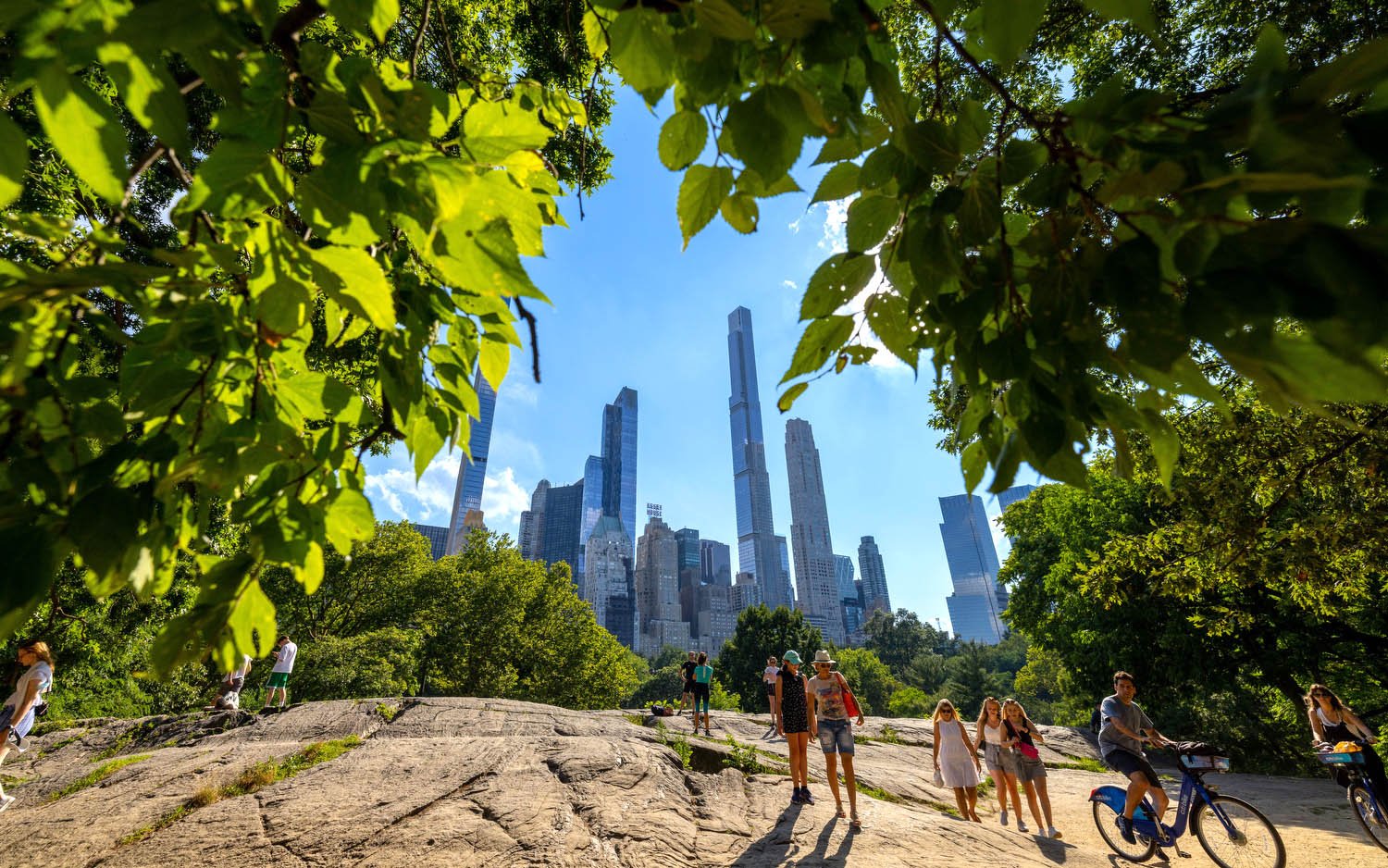

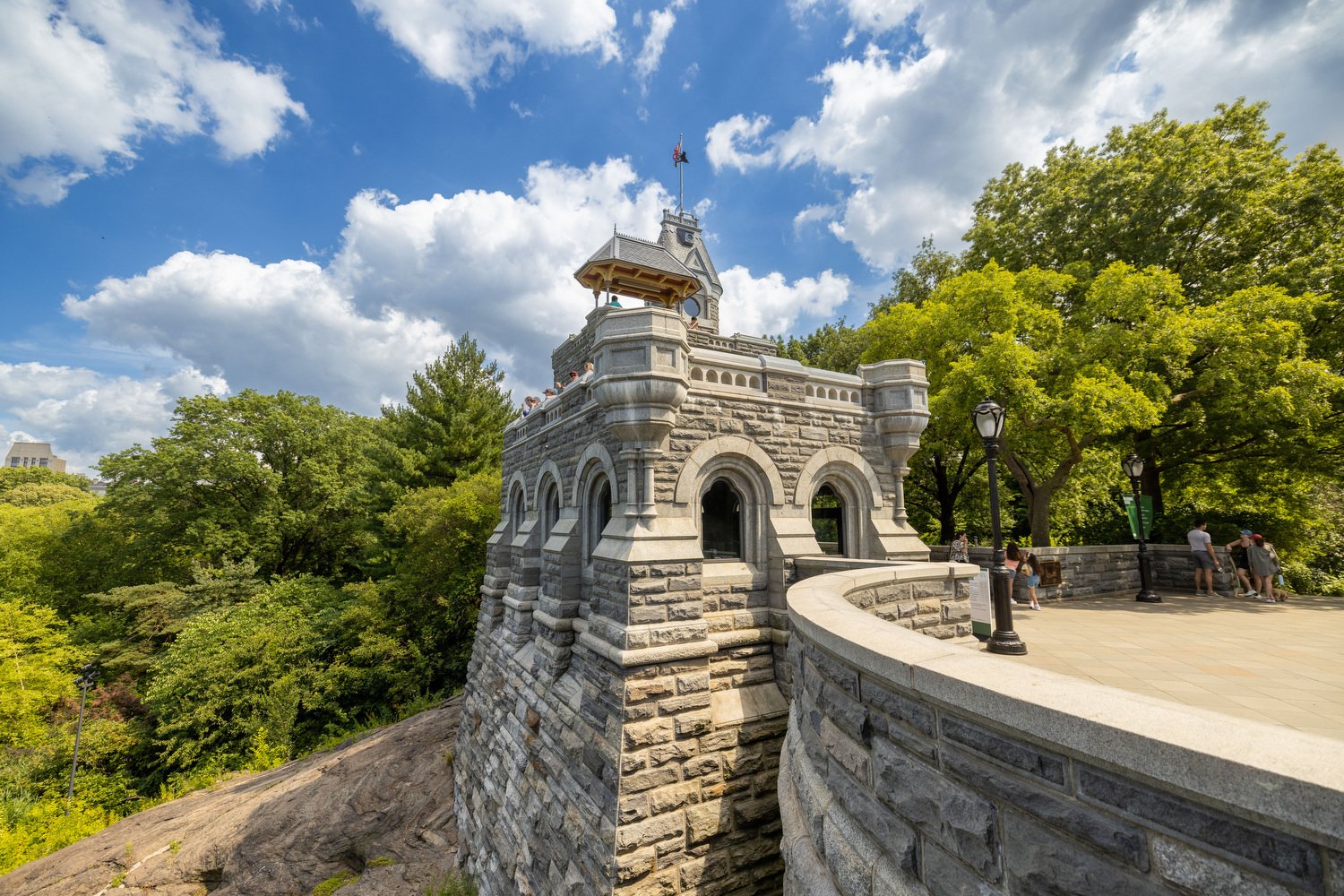




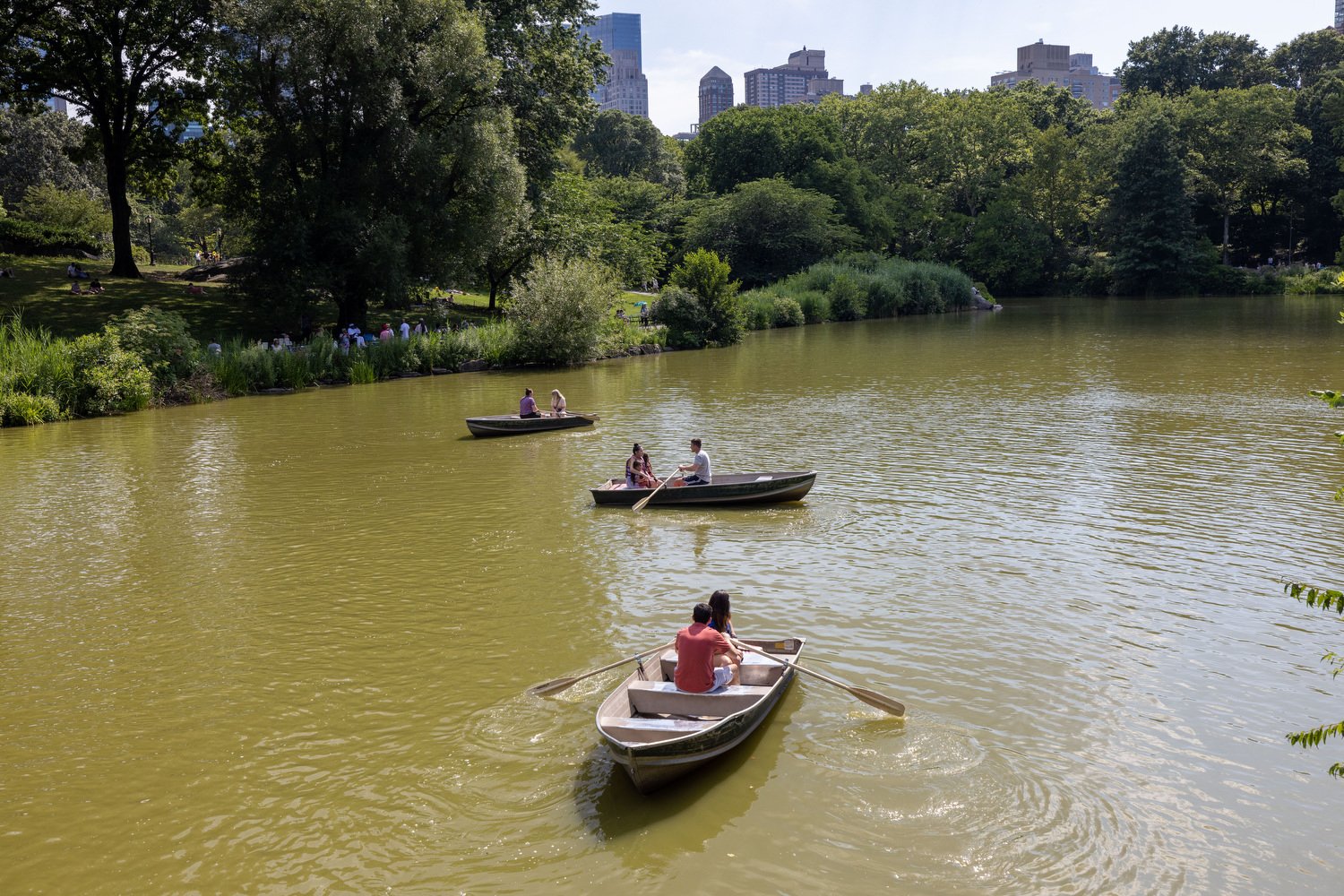
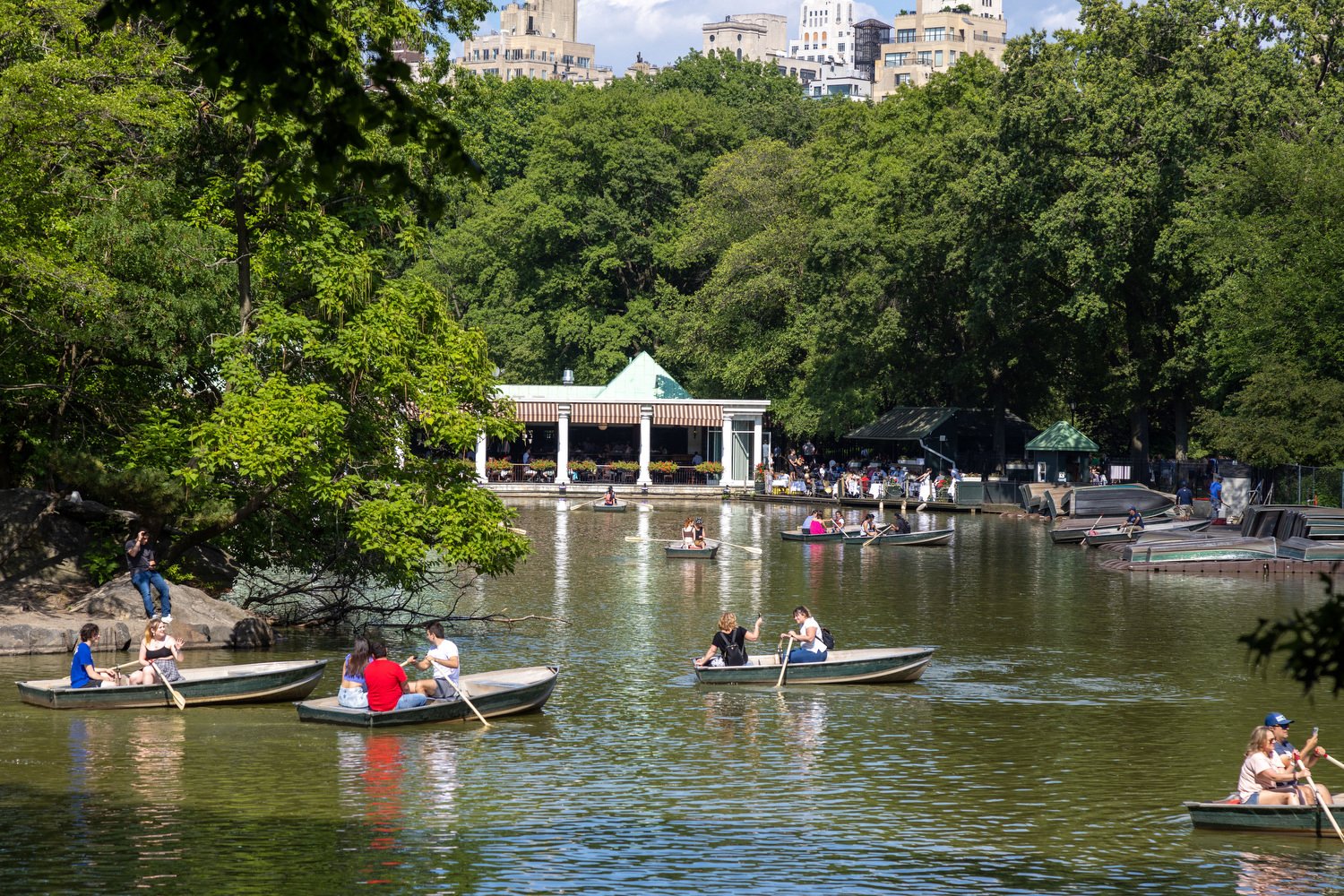
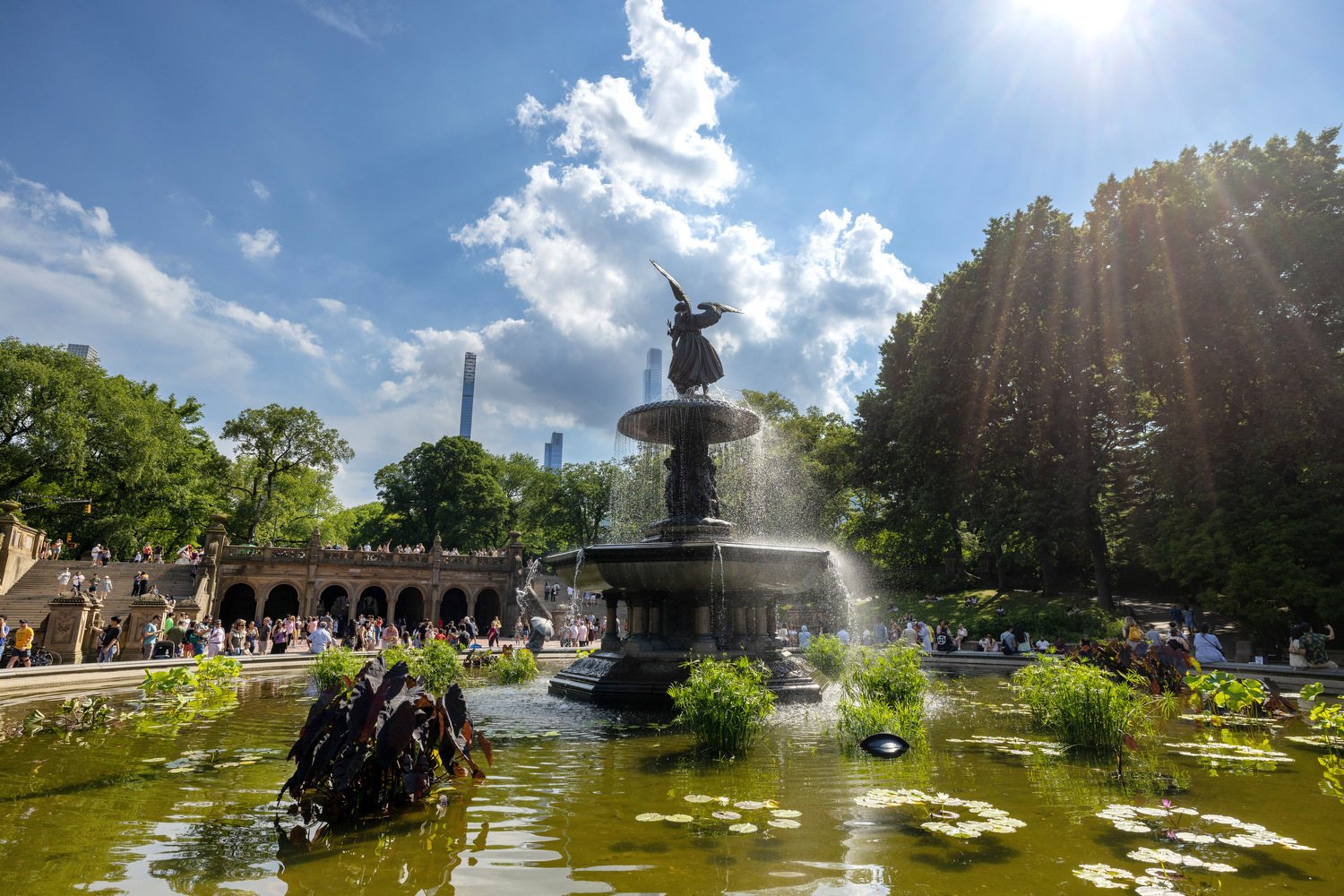



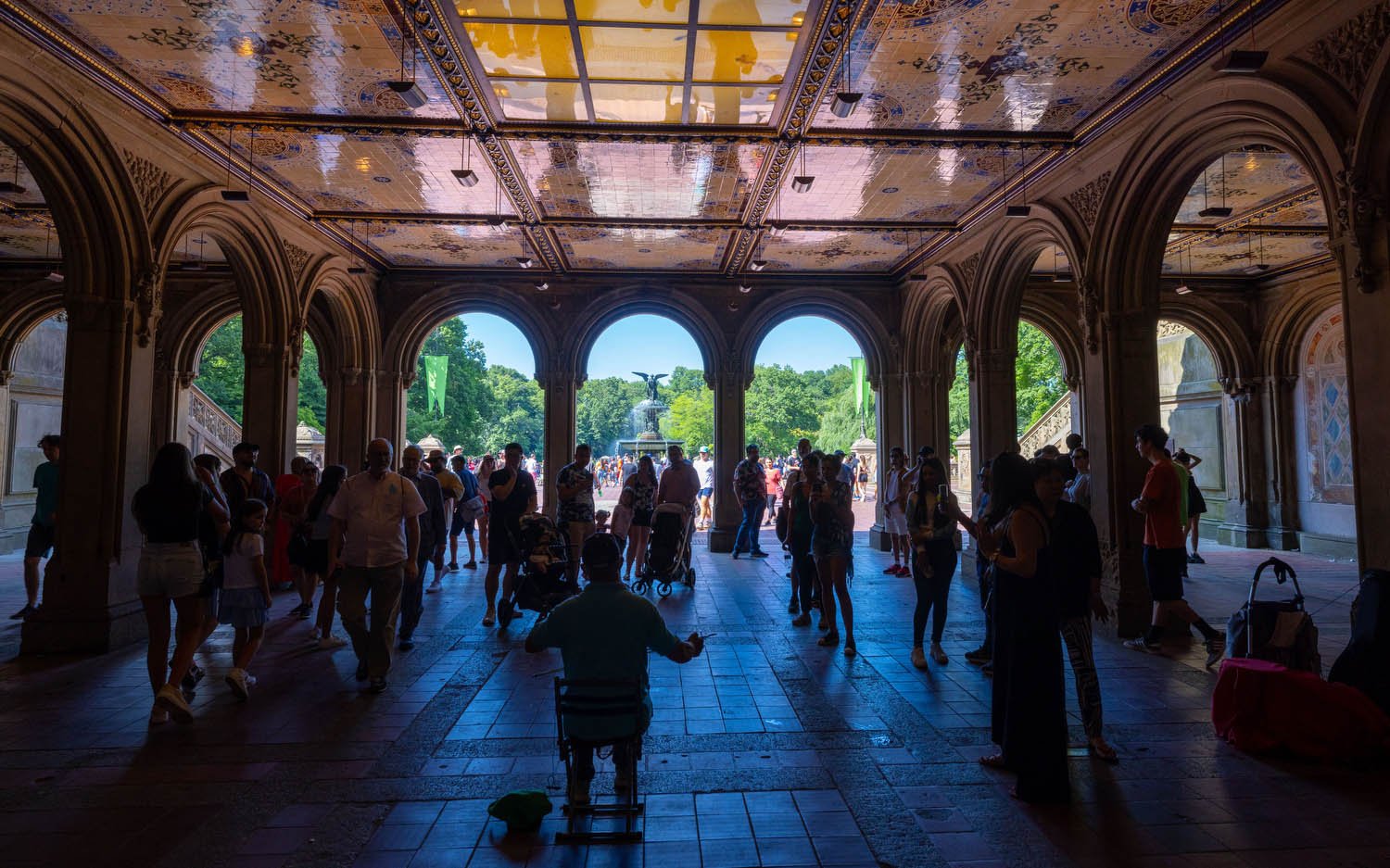

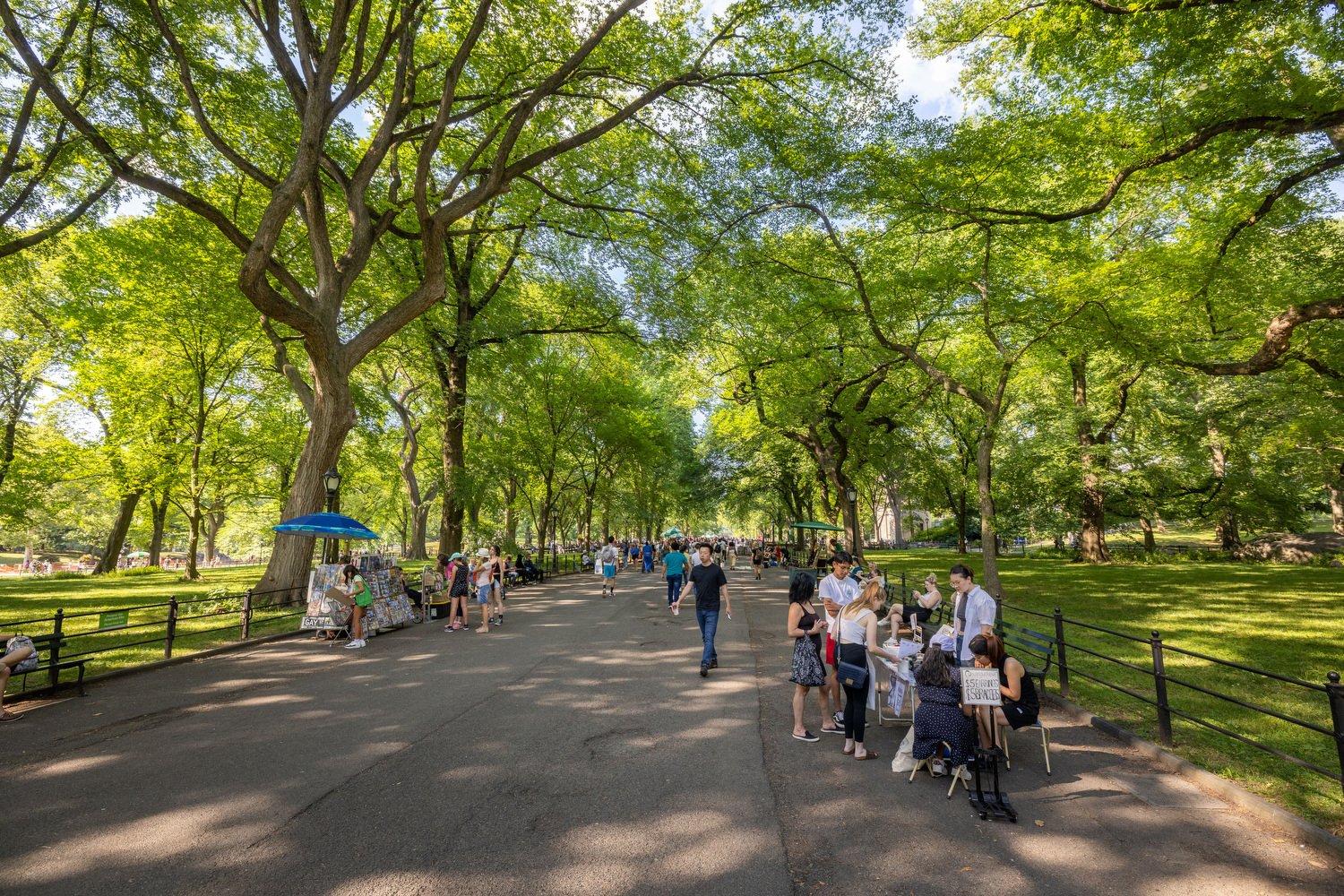
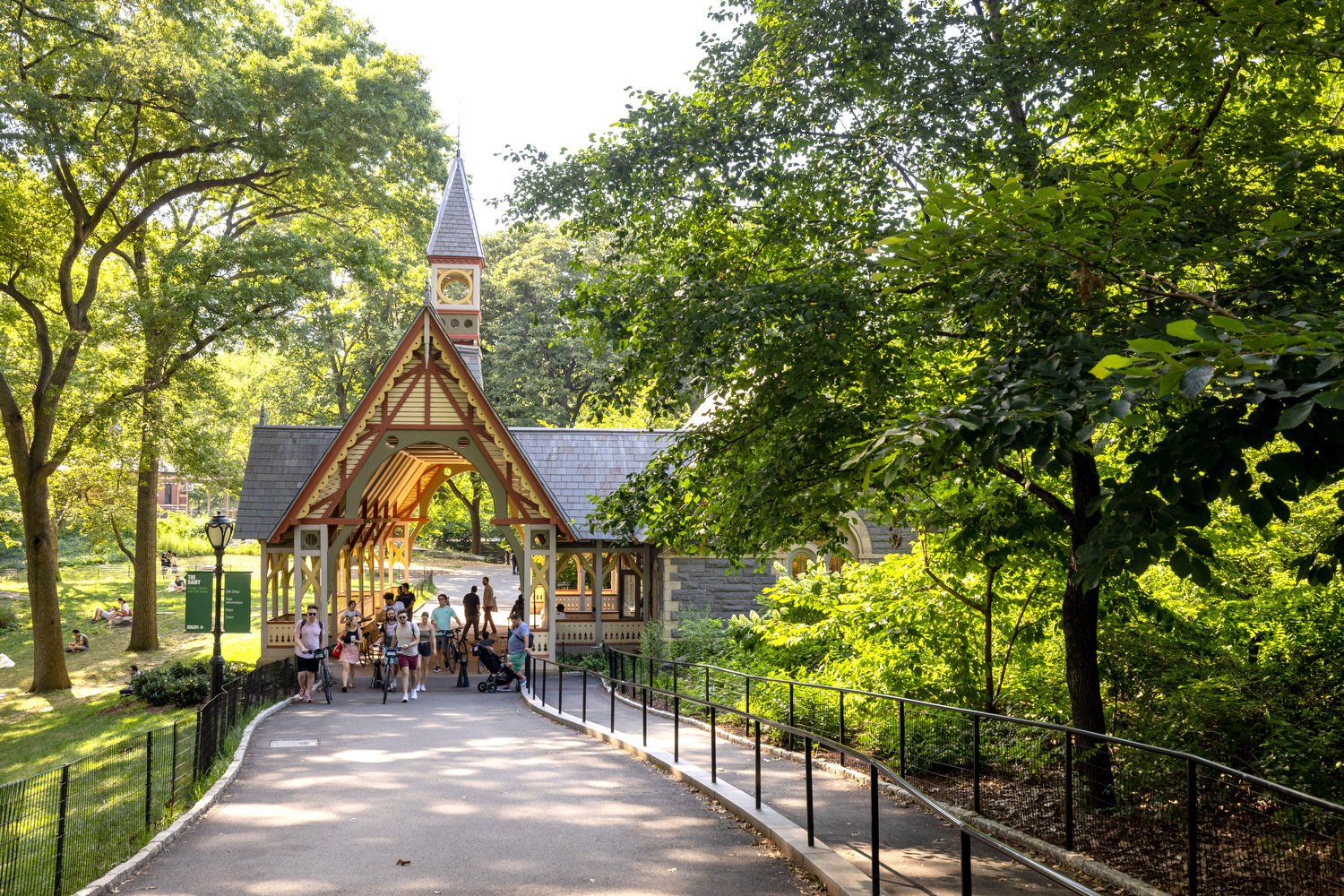





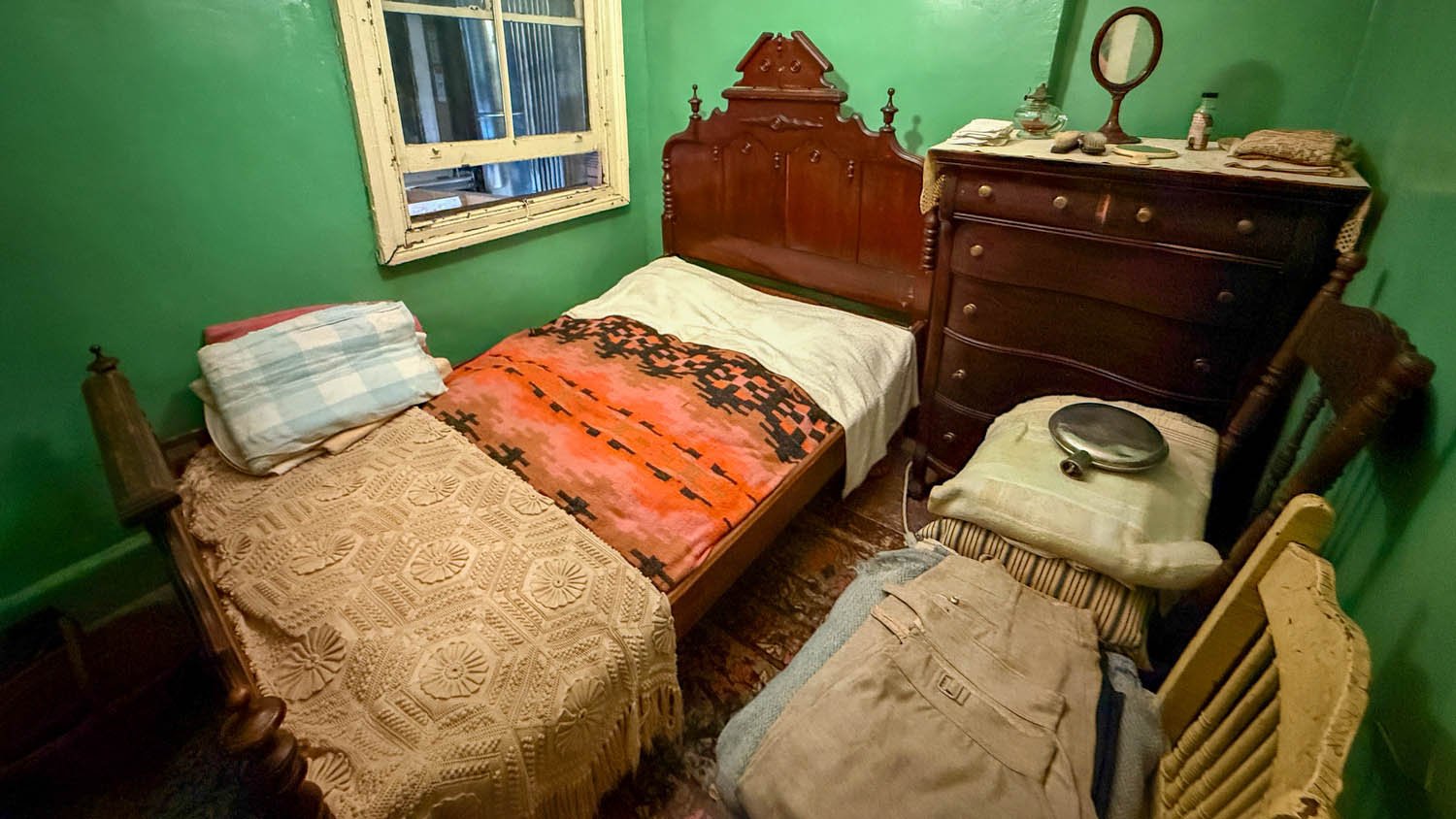







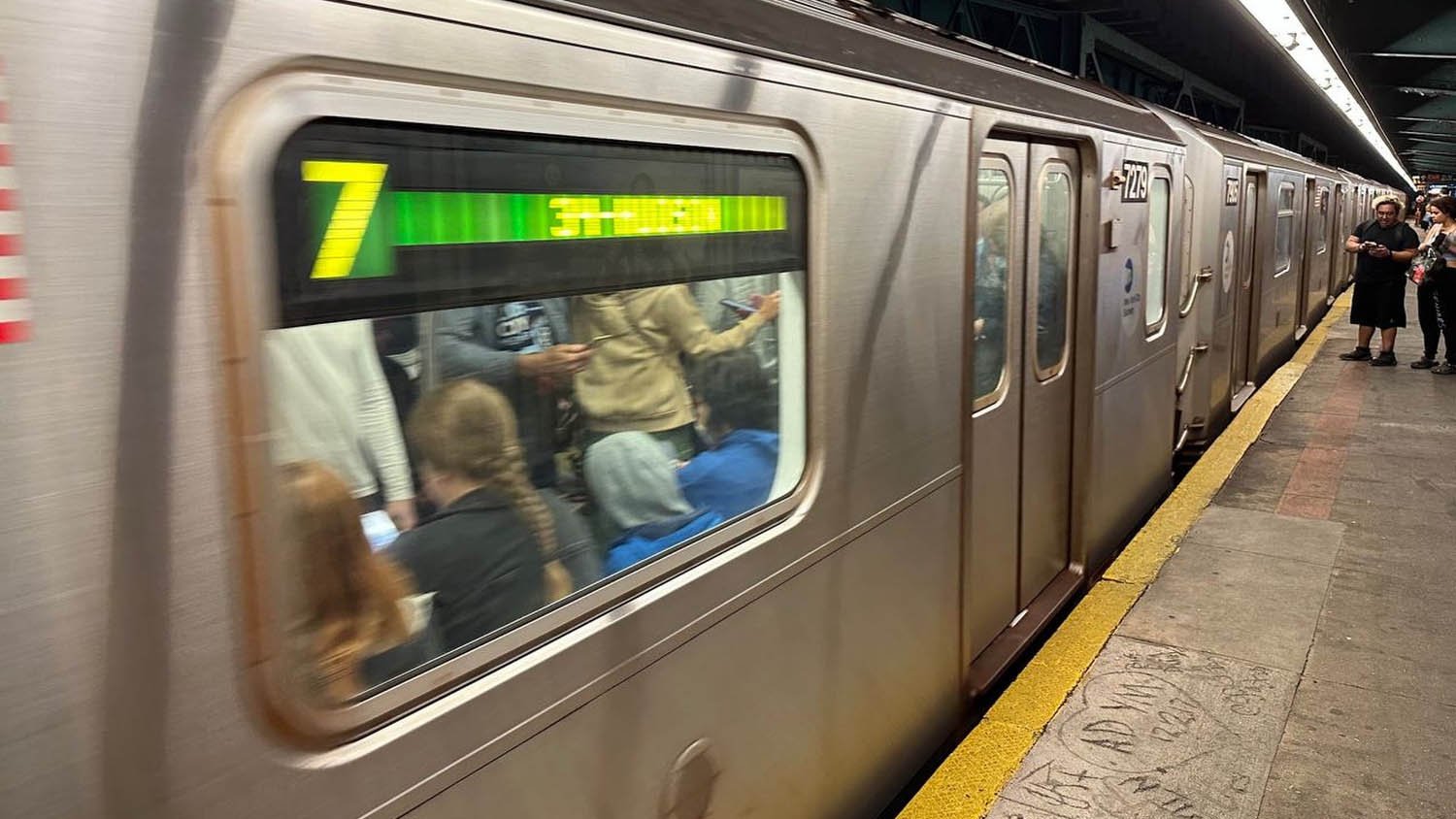

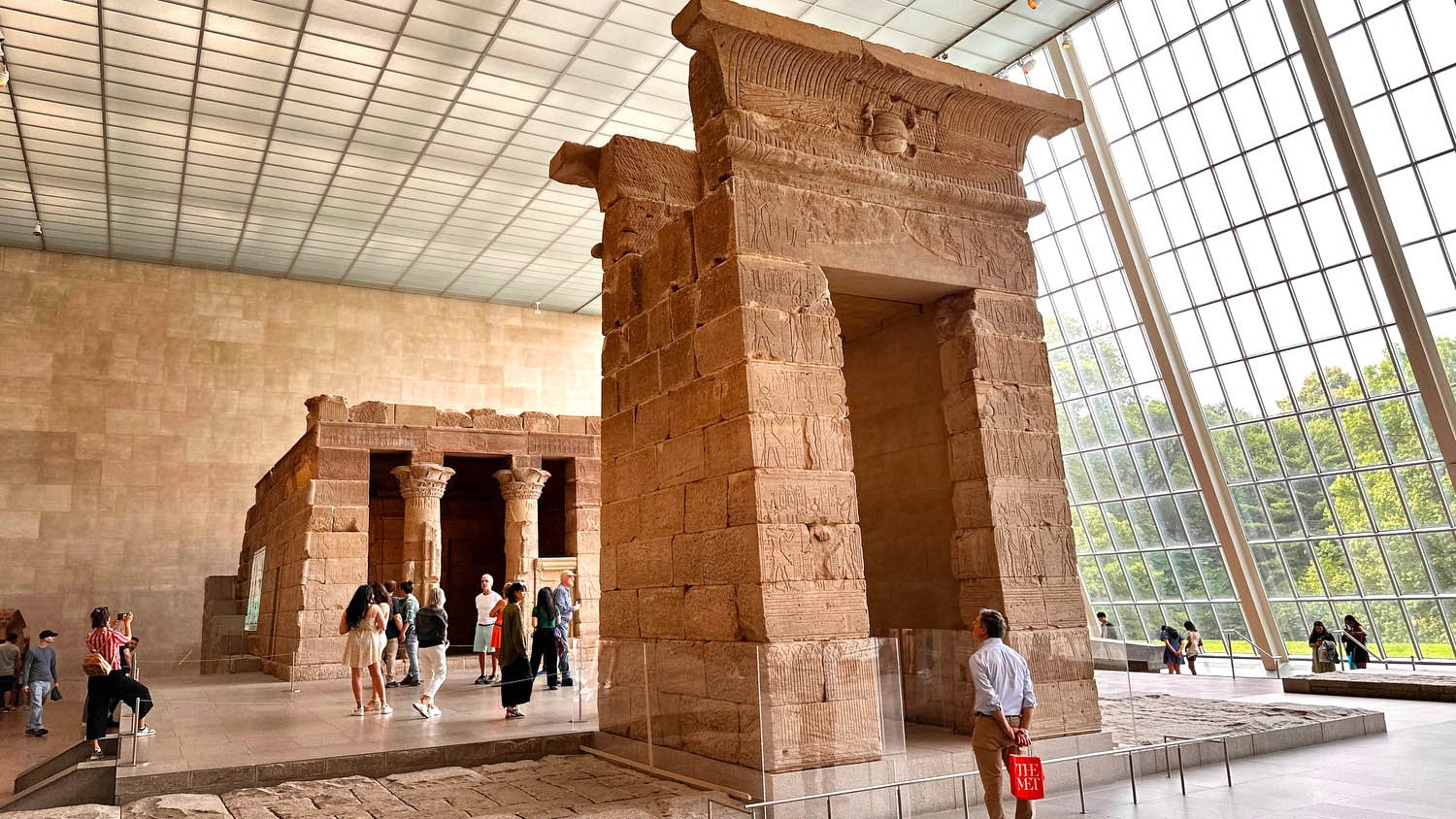
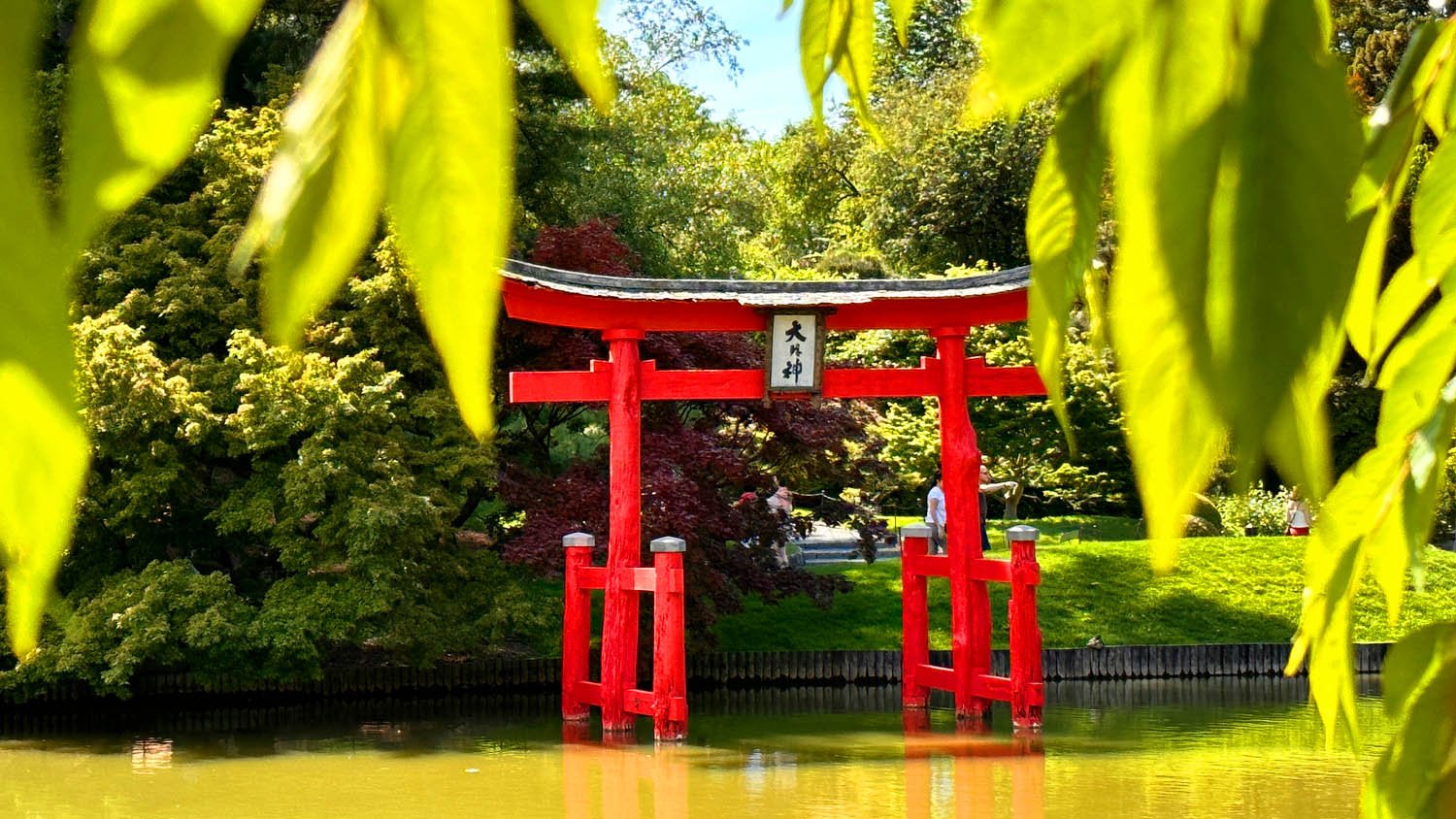

If you are looking to get away from the hustle of New York City without ever leaving the city, then a quick subway trip to the Met Cloisters is the place to go.
The building incorporates real medieval architectural elements imported from Europe and showcases tapestries, sculpture, stained glass, metalwork, and medieval gardens.